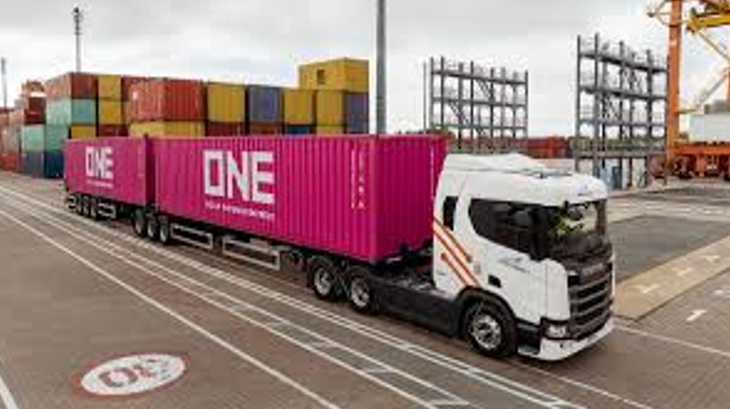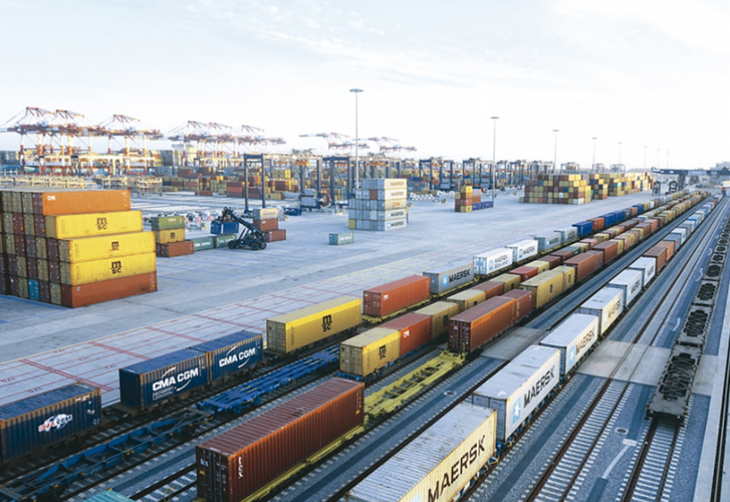Argentina is today in the face of a unique opportunity to reduce the cost of freight. But of course, this involves both the public and private sector.
Let’s see it from the perspective of a merchandise and we will see how today Strategic planning and public policies in the field, become essential so that the logistics chain links work harmoniously.
In 2019, OECD conducted a study on the regulatory quality of Argentina (https://doi.org/10.1787/c2e61aaf-es), warning needs of reforms and implementation of measures for improvement.
He study makes a detailed analysis of regulatory policy in Argentina, making interesting findings. In synthetic lines, the report describes how the Argentine government designs, implements and enforces regulations. It suggests the implementation of administrative simplification policies, evaluation Ex before and ex post of regulations, participation practices of interested actors and multilevel regulatory governance, among others.
Let’s move this need to transport. Let’s start with the sea.
Today the hydrovy is in a bidding process in a stage of citizen participation. The first question What should we do is what kind of ships do we want them to transit by hydrovy? We see in different news that river ports outside the hydrovy, are implementing a greater container load. But this is the beginning, wouldn’t it be viable to widen and deepen it to access the same NOAPANAMAX class ships?
Hydrovia is the first section of a river route that joins Mercosur, If this route is not in a position to receive ships of greater porte, the private land inland investments of the port are hardly encouraged in order to intensify the use of containers in ports inside the country.
Screen capture (11)
The depth of the Paraná-Paraguay hydrovia does not have a unique value, but varies according to the section, with depths ranging from 3 meters (10 feet) in the sections to the north to 7.6 meters (25 feet). Various sectors raise the need to increase the draft to 40 or 44 feet (approximately 13 meters) on the trunk navigable road.
Let’s continue with the tour of the merchandise. Suppose the merchandise leaves the port in truck. Days ago we saw that the use of bitren (tractor truck and two semi -trailers articulated with each other by means of a “B” coupling or engagement dish) is released to travel without restrictions on Argentine routes. Recall that bitren allows to reduce transport costs by having the capacity to transport two 40 ‘containers.
But the routes and road corridors in the interior of the country are they prepared to receive them?
¿Is it necessary to think about a third surpass lane?
The bidding process of the first road corridors has been released. Originally the third lane is not planned, but if we do not have apt infrastructure, ¿How can we expect the private sector to invest in the renewal of the transport fleet if it does not have the appropriate road infrastructure?
Another essential issue for the preservation of road infrastructure is The dynamic scales. The implementation of dynamic weighing will allow us to weigh 100% of the trucks that travel the routes preventing overweights and their consequent destruction of the road. Is it necessary to insert in the tender specifications the obligation of the location of these scales? Yes, there is no doubt about it.
Screen capture (12)

The bitren and and the surpass in routes without surpass lanes.
Infrastructure improvements will be reflected not only in a lowering of freight, but also constitute a true incentive to the carrier to renew its fleet, consequently producing private investment.
Let’s go back to the port. Suppose the merchandise leaves the port on a railroad. The implementation of Open access to the railway networkIt is a unique opportunity to open the use of the rail network to logistics operators that have the necessary rolling material to provide this service.
Screen capture (13)

Open access implies that an operator can transfer a container from the port to the Railroad trunk network without changing transport means, paying a fee for the use of the tracks. As if it were a route.
The National Government extended some of the existing rail concessions, but inserting the concessionaire’s obligation to facilitate open access to rail infrastructure to logistics operators who request it. Perhaps, at this point we should analyze the successful scheme that the European Union has implemented in the field, being that rail networks are administered by a single operator. But this requires a public investment, which in turn will feed back private investment in rolling material.
The correct implementation of open access to the rail network, undoubtedly will encourage private investment to use these true railway routes.
And these are just some of the examples we can give about how an integral vision in transport is necessary. Strategic planning faces the need to study and analyze all links in the logistics chain. Today is the opportunity to do so. But this requires public investment, which in turn will promote private investment.
It is necessary to address OECD recommendations on the implementation of public policies and apply them to the different segments of the economy. Transport is one of them.
Doctor of Administrative Law from the University of Buenos Aires, Master in Administrative Law from the Austral University and Transport and Ports Specialist
Source: Ambito
David William is a talented author who has made a name for himself in the world of writing. He is a professional author who writes on a wide range of topics, from general interest to opinion news. David is currently working as a writer at 24 hours worlds where he brings his unique perspective and in-depth research to his articles, making them both informative and engaging.




